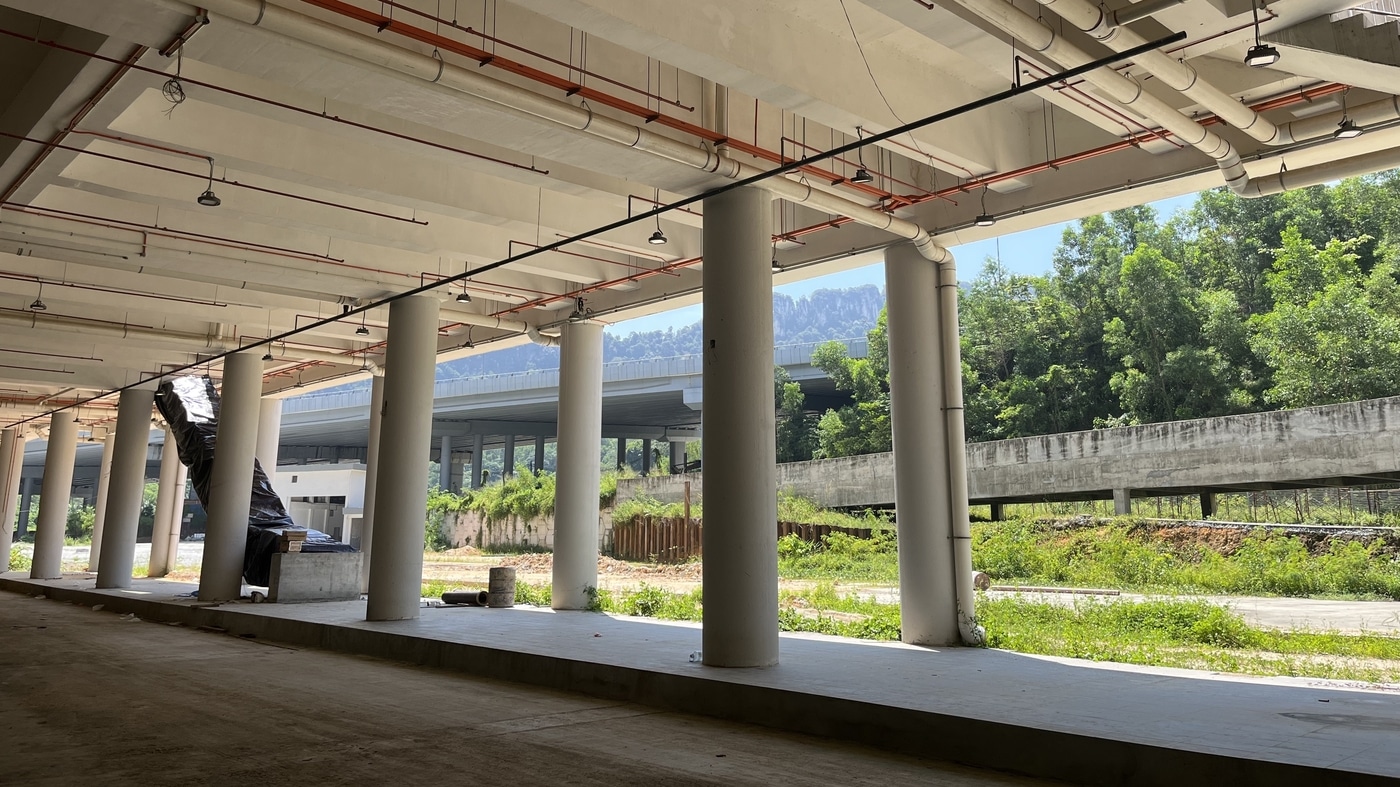Malaysia’s Commitment to Regional Connectivity
Investing in Cross-Border Infrastructure
Malaysia is set to bolster road and rail networks to deepen economic and cultural ties with Thailand. This ambitious initiative aims to enhance cross-border travel and trade, fostering seamless connectivity between the two nations. By upgrading transportation infrastructure, Malaysia seeks to unlock new opportunities for collaboration and regional growth.
Economic Benefits of Improved Networks
Driving Trade and Tourism Growth
Enhanced road and rail systems promise to streamline the movement of goods and people, boosting bilateral trade and tourism. Improved connectivity will facilitate faster logistics, reduce costs for businesses, and attract more visitors to both countries. This infrastructure push is expected to strengthen Malaysia and Thailand’s positions as key economic hubs in Southeast Asia.
Strategic Partnership for Progress
Fostering Closer Bilateral Relations
The transportation upgrades reflect a shared vision between Malaysia and Thailand to strengthen diplomatic and economic bonds. Collaborative projects, including modernized rail links and expanded highways, will promote mutual prosperity. This partnership underscores Malaysia’s proactive role in fostering regional unity and sustainable development within ASEAN.
Challenges in Infrastructure Development
Overcoming Logistical and Financial Hurdles
While the benefits are clear, developing extensive road and rail networks presents logistical and funding challenges. Coordinating cross-border projects requires alignment on regulations, timelines, and investments. Malaysia is exploring public-private partnerships and international funding to ensure timely completion, minimizing disruptions while maximizing the long-term impact of these upgrades.
Future of Malaysia-Thailand Collaboration
Building a Connected Southeast Asia
The road and rail enhancements mark a significant step toward a more integrated Southeast Asia, with Malaysia and Thailand leading the way. Future initiatives may include digital connectivity and green infrastructure to complement physical networks. By prioritizing sustainable and inclusive growth, both nations aim to create a lasting legacy of cooperation and regional resilience.









